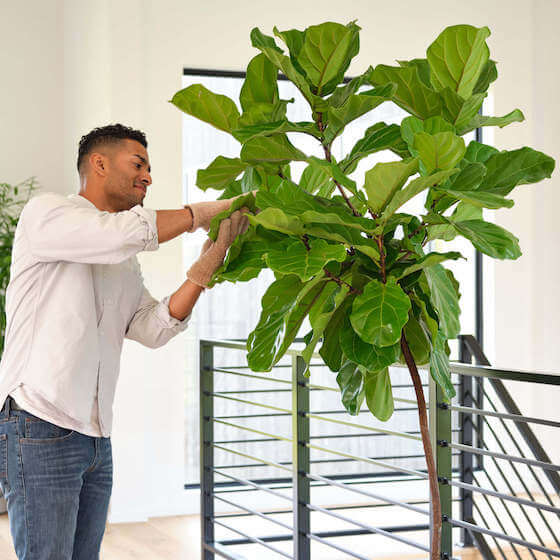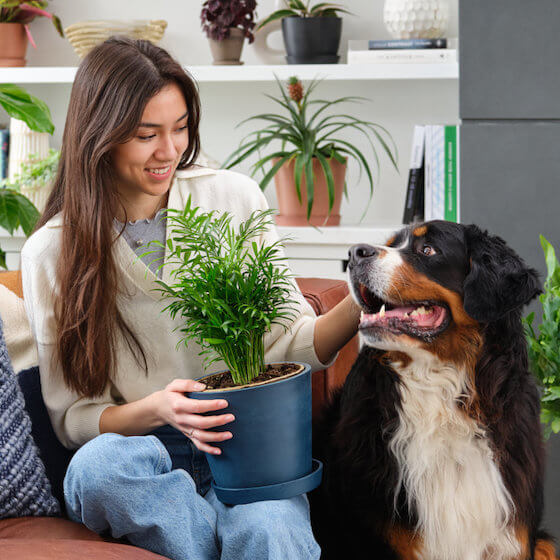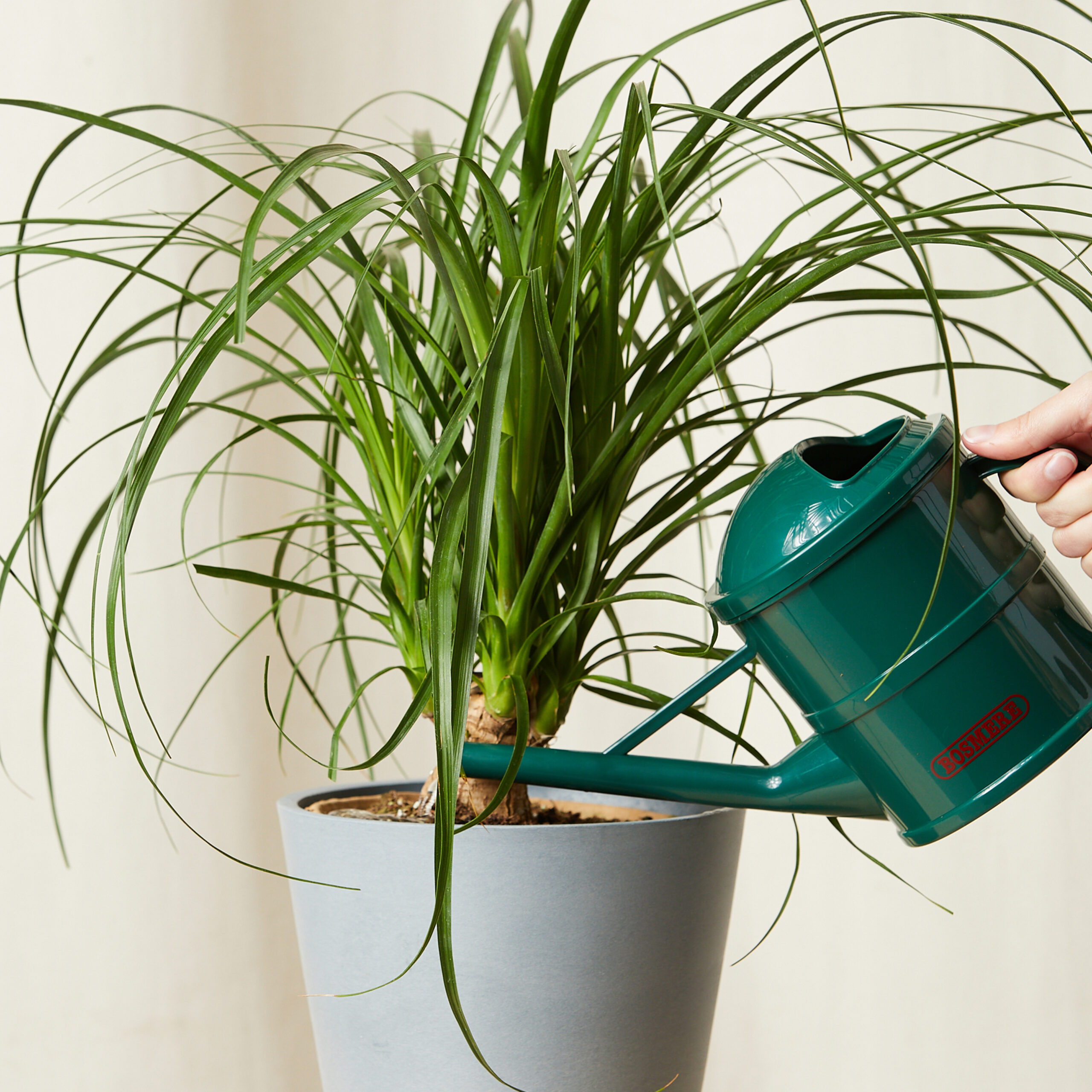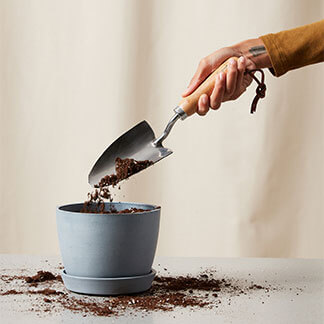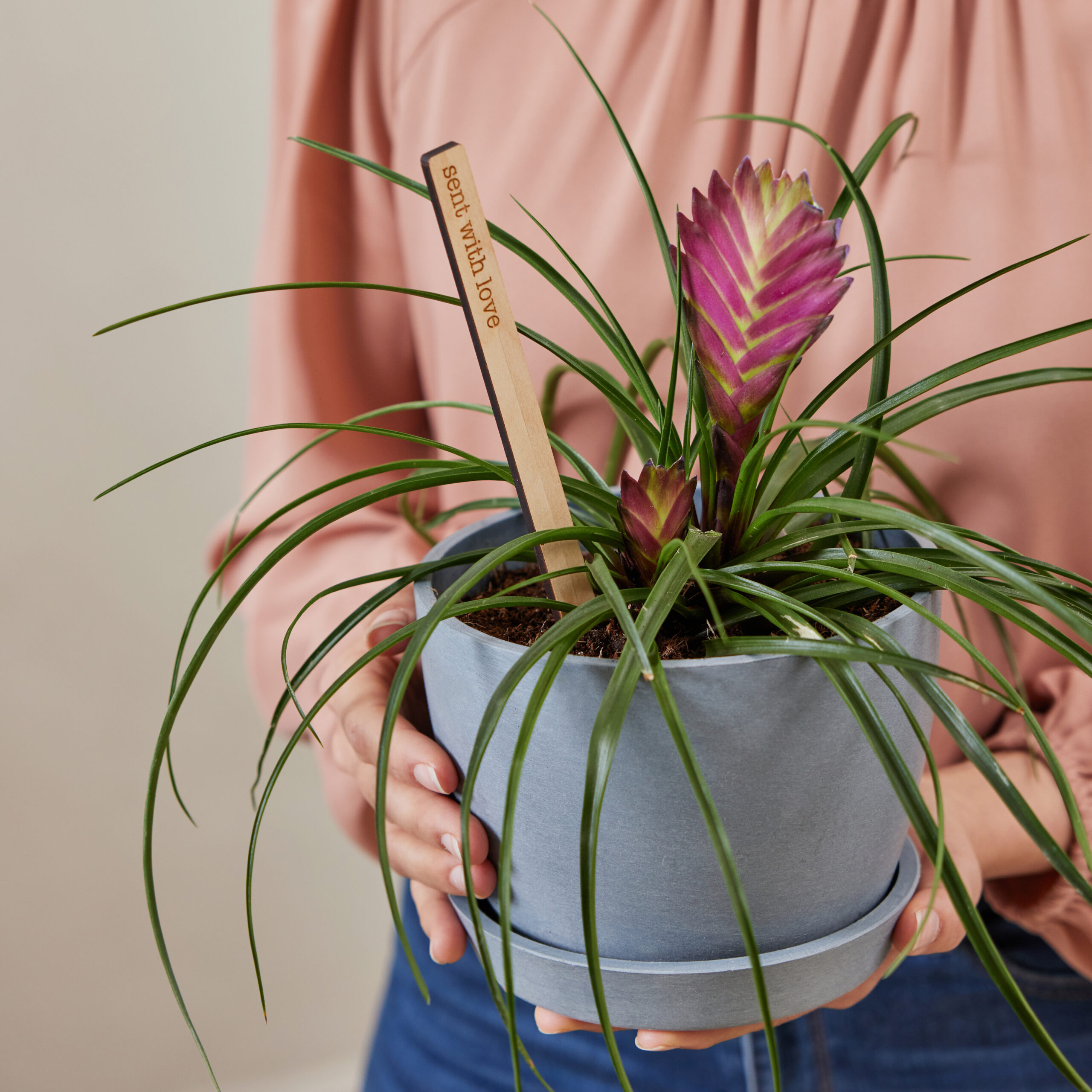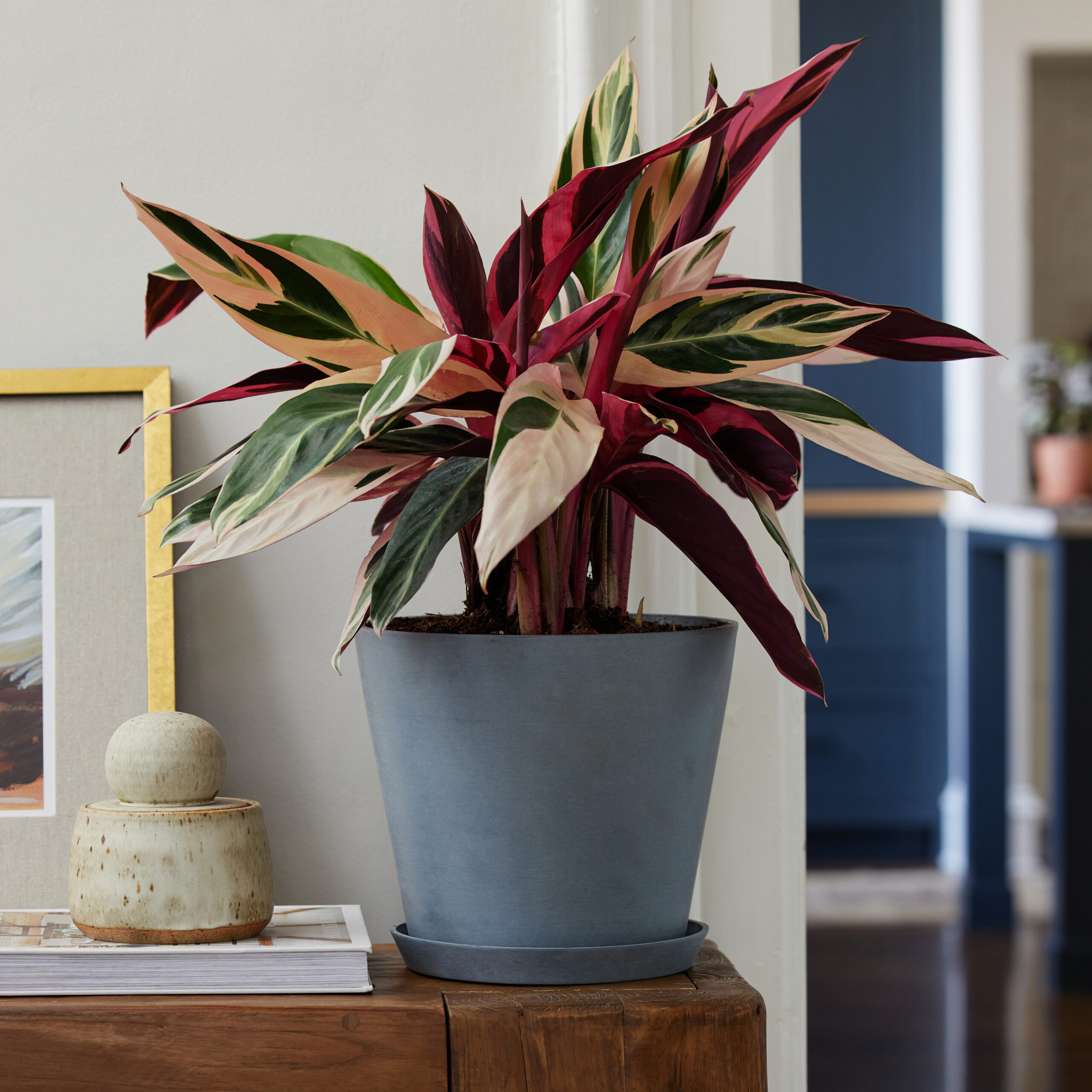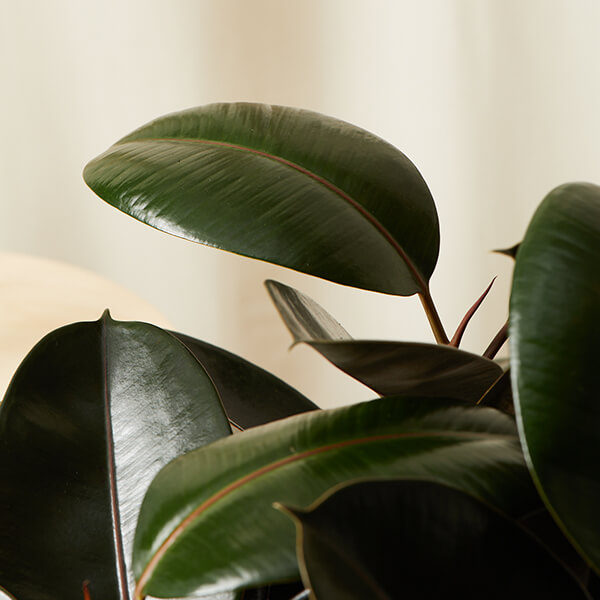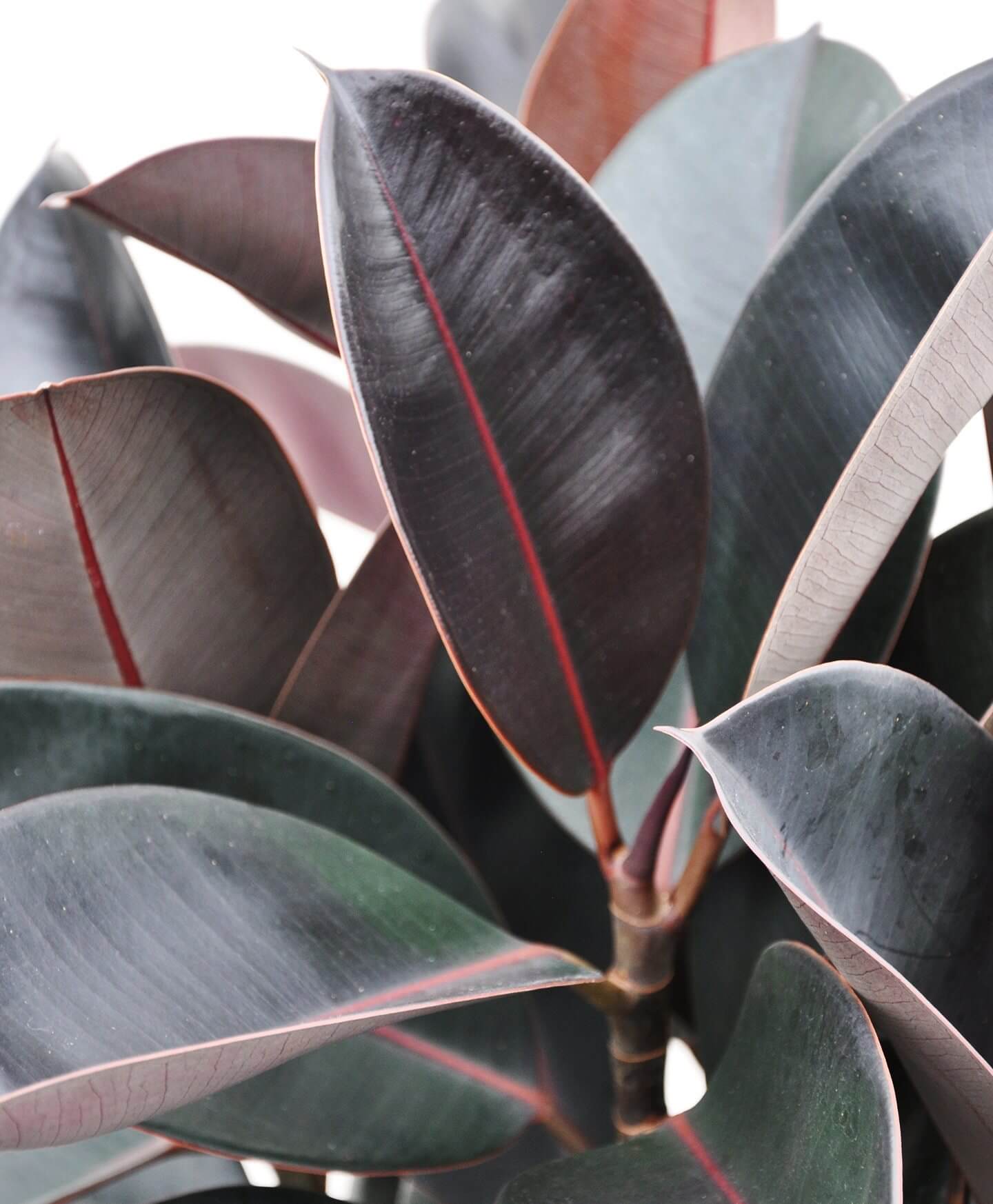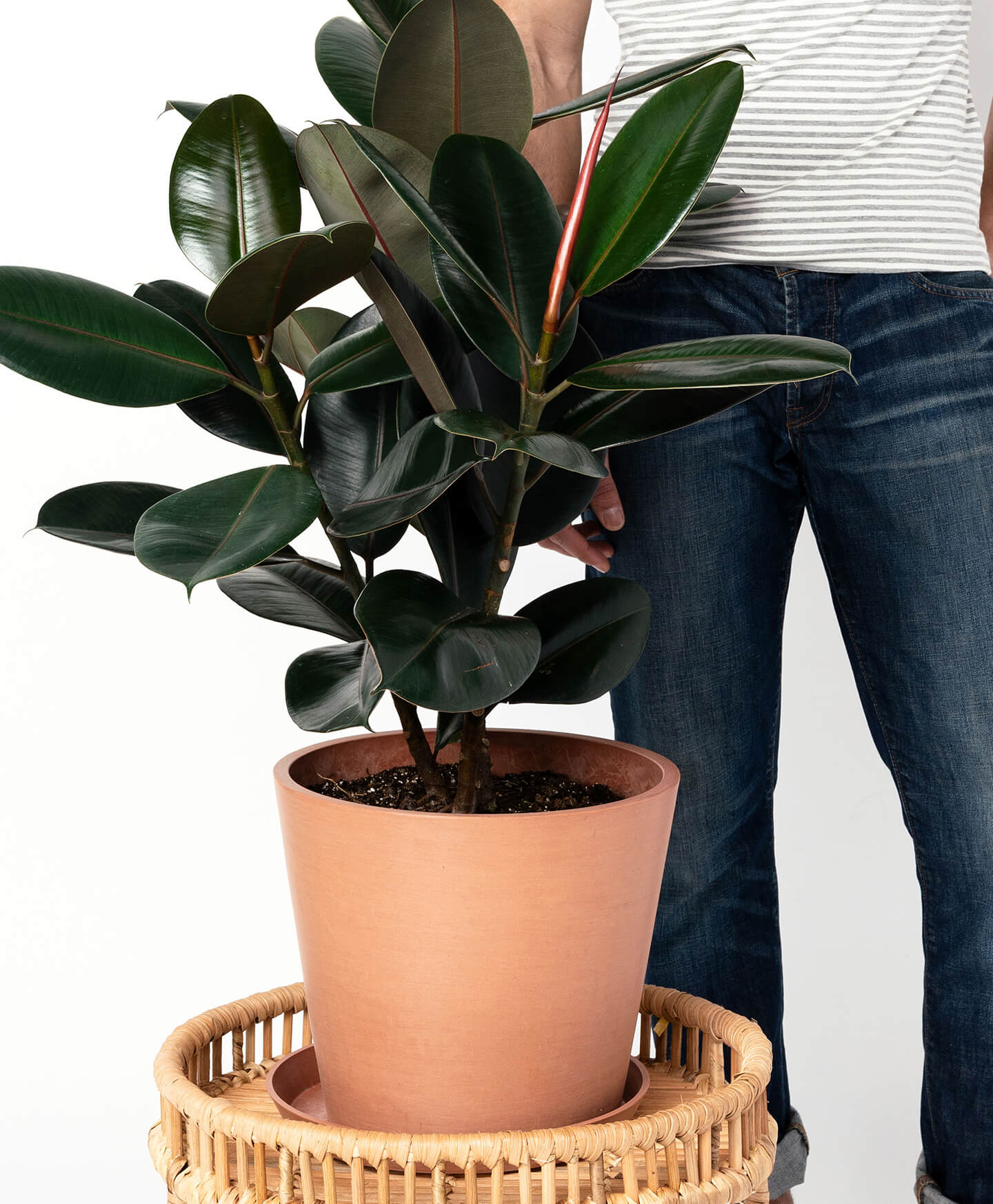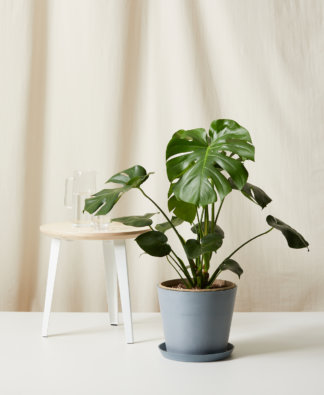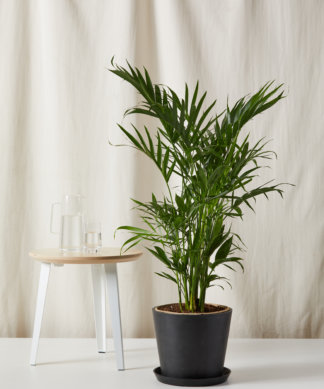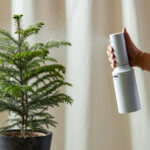How to care for your Burgundy Rubber Tree
Use these instructions to care for a Burgundy Rubber Tree. This guide will tell you how to water a Burgundy Rubber Tree; its light, temperature, humidity preferences and any additional care it might need to help it grow.
Burgundy Rubber Tree
The burgundy rubber plant enjoys full sunlight the most but will also thrive in bright, indirect exposure. Its hardy leaves prove to be durable against the sun’s rays. However, inadequate lighting will stunt your plant’s growth. If needed, you can place a grow light nearby.
The roots of your burgundy rubber plant do not like to sit in water. So allowing the soil to dry completely in between waterings is your best option. When you do water your plant, make sure the water drains from the holes at the bottom of the pot and empty all liquid from the saucer.
Your average indoor humidity level also works well for this plant, but if the air is too dry, you might turn on a humidifier for a short while or use a pebble tray.
Average indoor temperatures work well for your burgundy rubber plant as well, but you might still aim for 60℉ to 80℉. And don’t forget to keep your plant away from cold drafts and vents.
During the spring and summer months, your burgundy rubber plant will enjoy a feeding once or twice a month. A balanced, houseplant formula diluted at half strength provides all the nutrients it needs.
The Burgundy Rubber Plant is toxic to both pets and humans. Coming in contact with its sap can cause skin irritation or mouth irritation for pets who chew on the stem. If ingested, this plant causes stomach irritation or nausea and vomiting.
Rubber Trees are sensitive to being moved. If you have to move your plant to a drastically different spot, do so gradually. Any sudden changes can cause leaves to drop. When pruning your plant, be careful of the milky latex substance that may leak out where cuts have occurred—this is a mildly toxic irritant. If you get the sap on your hands or skin, wash with warm water and soap immediately.
